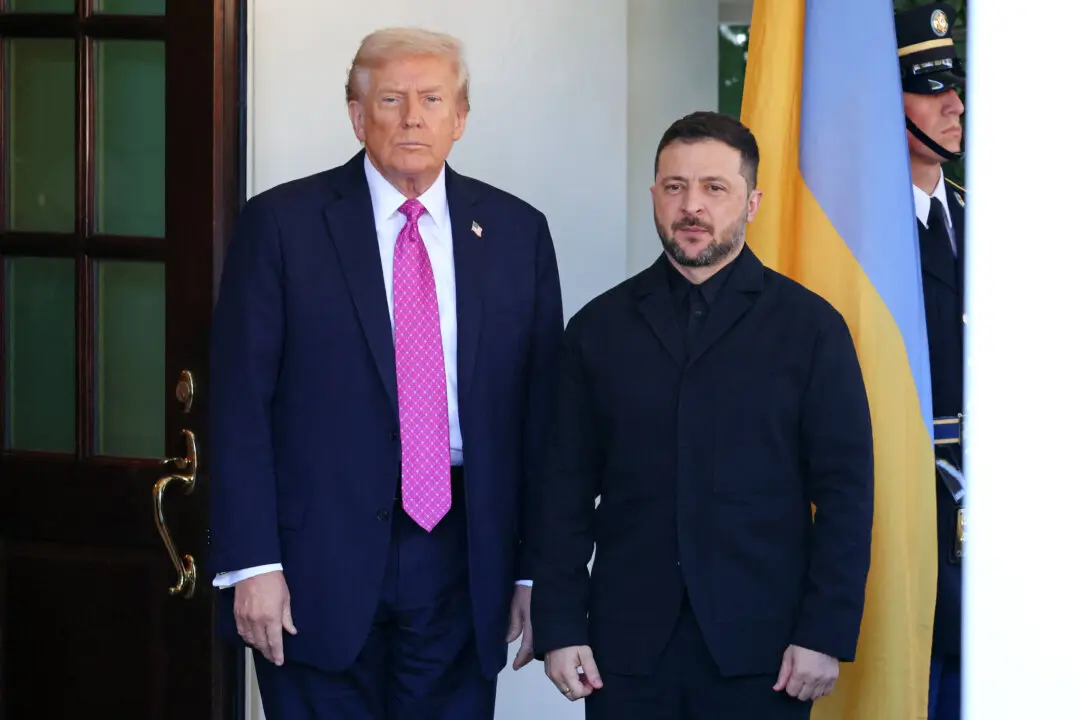The American Hospital Association (AHA) said April 1 that federal authorities have thousands of ventilators in reserve and will distribute them to needy states according to a new process.
The Federal Emergency Management Agency (FEMA) has 10,469 ventilators—devices that help seriously ill patients breathe—and plans to ship them to states “in the amount needed to manage the immediate crisis,” AHA said in a statement.





